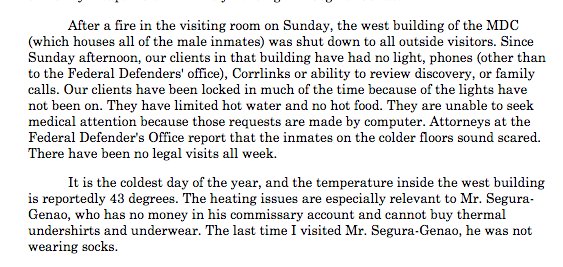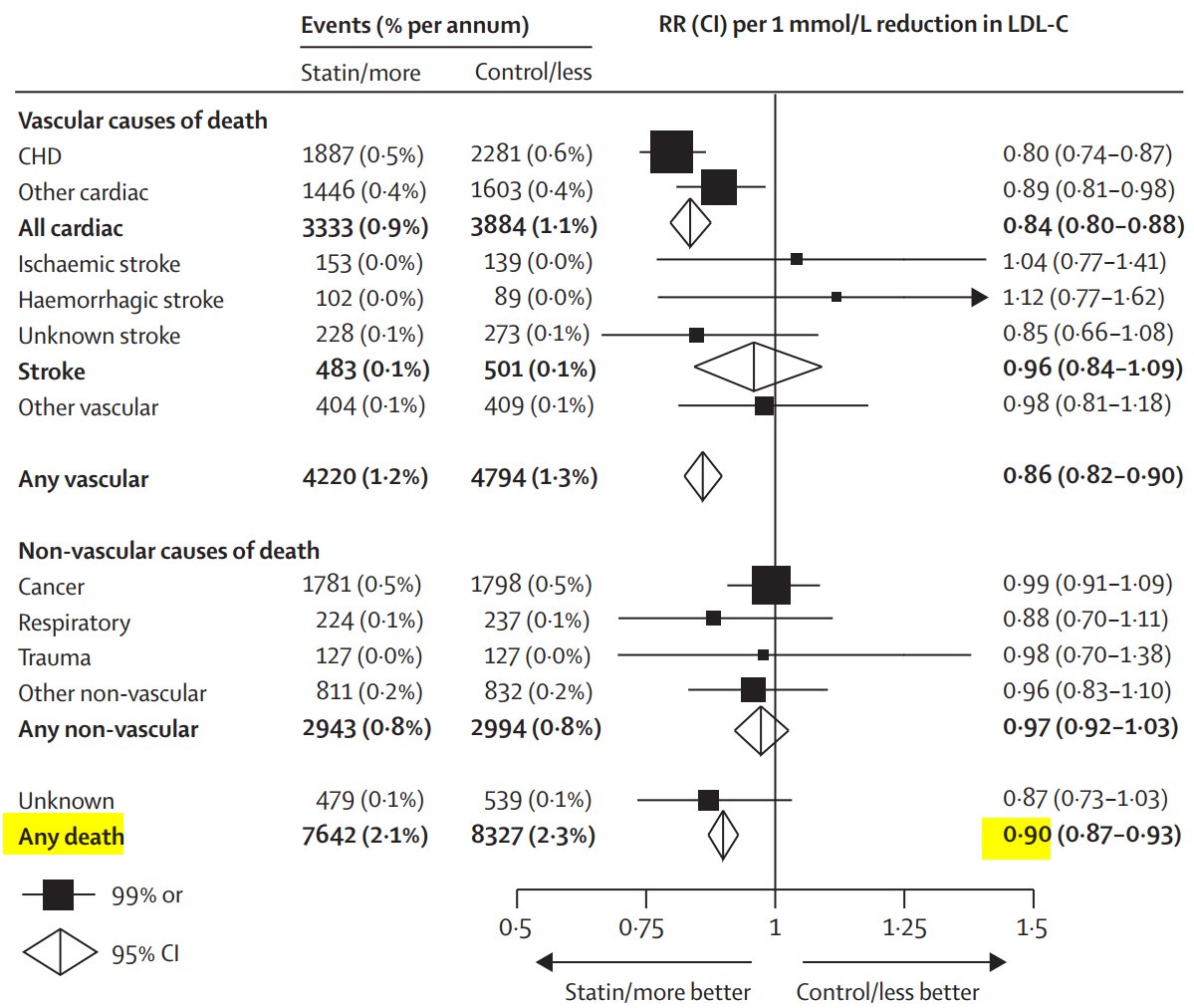amazon.com/Time-Eternity-…
amazon.com/Tensed-Theory-…
amazon.com/Tenseless-Theo…
"The basic idea is as follows ... consider two inertial observers, A and B, traveling in opposite directions but . . ."
Craig, William Lane. Einstein, Relativity . . .
"In my opinion, by far the best way for the tenser to respond to Putnam et al. is to adopt the Lorentz 1915 interpretation of time dilation and . . ."
Craig, William Lane. Einstein, Relativity and Absolute Simultaneity (Routledge Studies in Contemporary Philosophy) (Kindle Locations 1432-1433).
"The solution of the advocate of static time is typically to deny that things exist wholly at a time and to affirm instead that the three-dimensional objects that appear to us are in reality four-dimensional . . ."
Craig, William Lane. Time and Eternity: Exploring God's Relationship to Time (p. 201). Crossway. Kindle Edition.
Craig, William Lane. Time and Eternity: Exploring God's Relationship to Time (p. 205). Crossway. Kindle Edition.
Craig, William Lane. Time and Eternity, pg 206
(Time, Reality & Experience, editor Craig Callender, Remembrances, Mementos, and Time-Capsules, pg. 317-28, Cambridge University Press)
"Here is the basic situation. Any theory of gravity, quantum or classical, is a physical theory. We have no reason to believe this, or any other physical theory, without evidence. The evidence for any physical theory is . . ."
All these points are blindingly obvious. But note what follows. . ."
Hence I choose the tensed view of time, which as an adjunct is fully compatible with the truth of Kalam's conclusion.






